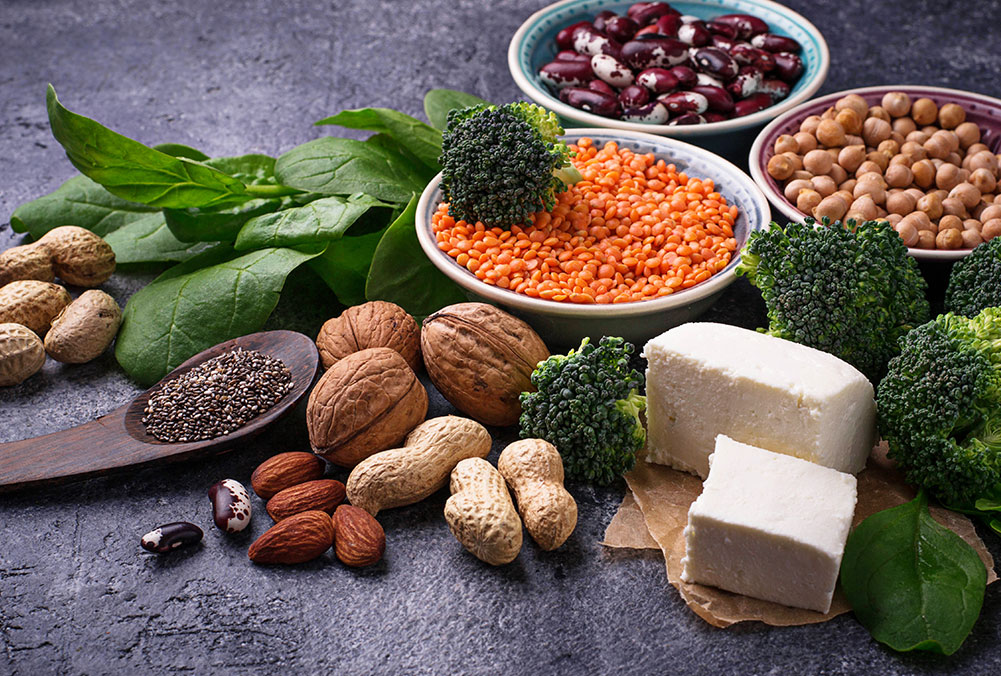Atlante
News
BEYOND SOY: THE TREND OF ALTERNATIVE PROTEINS

17 March 2022
The link between soybean crops and deforestation has changed consumer perceptions of soy-based products. Attention to the environment is, in fact, one of the main drivers behind the purchase of plant-based products. Though soy plantations are one of the main causes of deforestation, it is important to consider that around 80% of soy is produced to feed farm animals. Recent studies have shown that less than 6% of the world’s soybean production is used for food directly intended for human consumption.
In order to talk about such a technical subject, we interviewed Eduardo Napolitano, R&D Manager at Atlante, who illustrated the properties of soy and explained the direction research is heading in.
 «When we talk about “alternative proteins” we immediately think of things other than animal proteins. We are living through a transition, where different protein sources are actively competing to offer possible “alternatives” to meat/eggs/milk/fish. It is an extremely diverse world, with several traditional and newly developed meat alternatives available. The vegetable protein that has been established since the beginning is soy*.
«When we talk about “alternative proteins” we immediately think of things other than animal proteins. We are living through a transition, where different protein sources are actively competing to offer possible “alternatives” to meat/eggs/milk/fish. It is an extremely diverse world, with several traditional and newly developed meat alternatives available. The vegetable protein that has been established since the beginning is soy*.
The enormous success of soybeans is due to several factors:
- Soy is adaptable to different climates and to poor soil, thanks to its strong nitrogen-fixing capacity.
- It is a legume which accumulates oil in its seed. This makes it particularly interesting for human consumption.
- The product obtained after extracting the oil is rich in high biological value proteins and carbohydrates.
Increasing consumer awareness of environmental and social sustainability issues has prompted the food industry to diversify its vegetable protein offerings.
Pea, chickpea and broad bean proteins are emerging. On some markets, they are joined by mycoproteins (proteins from unicellular fungi).
Yellow pea, a high-protein variety, is emerging as a leader in the non-soybean legume group. It is grown primarily in the northern hemisphere and no GMO crops have been recorded. Pea protein is not considered an allergen and has several functional characteristics that equate it to soybeans (extrusion performance, viscosity, emulsifying power, hydrophilicity). Since pea grain does not contain fat in significant quantities, the extraction of proteins is carried out with techniques that do not use solvents (mechanical separation, separation by washing).
The growing success of foods that use protein from “minor vegetables” will determine their progressive improvement, through the selection of the most suitable cultivars in terms of palatability and the reduction of anti-nutritional factors. At the same time, the food and distribution industries will be able to develop recipes, technologies and ingredients able to tackle the world’s issue of protein hunger.”
Soy. Information table.






